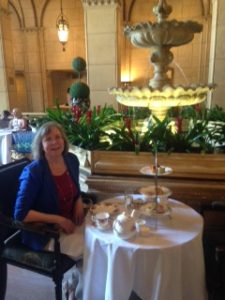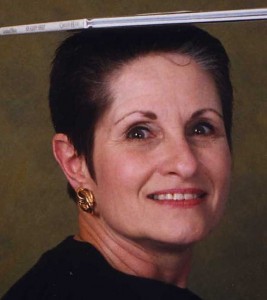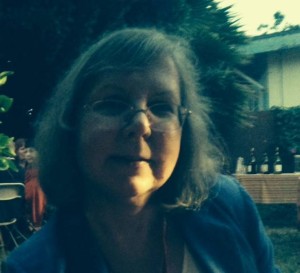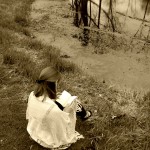For the last several years, I’ve been saying/thinking that I wanted to reissue some OP (out of print) Young Adult books, to make them available to readers once again. Finally, after finishing a new YA ms, I decided that it was time to make good on the promise to myself. Years ago I published what was to be a 4 book Civil War YA series called Southern Angels, about four Southern girls who live through, and make a difference, during the Civil War.
I put three years of my life into researching and writing these books (they were to be accurate enough historically to be useful in schools) and then they were, I felt, badly mishandled by their big NY publisher. I lost my editor (she was hired by another publishing house) and all support before the books were all out, and the 4th book wasn’t even printed, tho I had written it and it had been advertised. I heard a lot of complaints at the time, and still occasionally, from people who couldn’t find the final book. So I’ve always wanted to see these books back in print. (I’m doing this more for personal satisfaction than in the expectation of making tons of $, BTW.) The books received good reviews and I found them in public and school libraries, and they should likely have been published in hardcover, not mass market, where they made it to few store shelves, as marketing picked up the indifference of the editorial staff. I was crushed.
I am a total newbie to indie publishing. I will soon finish, I hope, the process for getting out ebooks and paperbacks, and boy, have I learned a lot.
First, the cover. It took me three tries to get a cover designer. Another writer gave me a name of a good cover person, which I checked out online–her website had some great looking covers, and she agreed to do the four covers at a reasonable price. She gave herself deadlines, but missed them all. Finally told me, after being out of touch for several weeks, that she had health issues and couldn’t, after all, do the work. I wished her well and was sorry to lose her. Later, I realized that I had undoubtably increased her stress by asking for almost impossible demands as I did not understand the process–more on that in a sec. The second website I admired, the cover d. said she couldn’t take any new clients, she had enough repeat customers to keep her busy. Aiiig. The third person said on her website she would only take a few new clients, but fortunately did decide to take the job, after showing me some stock cover shots to make sure I would be happy with the costumes she could find, as, she said, right now Regency and Victorian are the most popular historical eras and therefore the easiest to find costumes for, Civil War not so much. I was ok with what she found, and we agreed to go ahead as I liked her work a lot.
So, first lesson. I knew from prior experience that large publishers hire models, dress them in appropriate costumes (for romance, anyhow, or YA, and other genres, too) and make sure they resemble the characters in the book–or, that’s the theory. A pro photographer does a photo shoot, then either the photo itself (in middle grade or sometimes YA) is used, or an artist is hired to make a painting, often acrylic, and the cover comes from that. This process costs thousands of $.
Obviously, an indie publisher/author can’t afford this kind of money. So, a cover designer working with indie’s uses stock model shots from companies who handle just that–photos of models and objects already taken. Legit designers buy these shots, as close as possible to what you want, use computer programs to change hair and dress color and perhaps manipulate shots somewhat–I’m not an IT person so can’t tell you how much can be done. They also put in a landscape or suitable background, they choose fonts and sizes of letters for titles, etc. and put it all together in well balanced and artistically pleasing arrangement for a good cover. Some covers don’t have people in them, of course, sometimes a clever idea is used, instead. You can look up examples of all of this in websites on line.
Some writers who publish ebooks do the covers themselves. I was quite sure I didn’t have that much artistic sense, and the one thing that often gives away a self-pubbed book is an amateurish looking cover. Sadly, people DO judge books by their covers. So I knew that I wanted someone good to do my covers, even tho it would cost money. (Prices vary hugely.) Many designers do predesigned covers which are cheaper and will work for some books: romance, mystery, women’s fiction, etc. I have 4 books in a series, so I had special requirements, and that wouldn’t work for me. I’m pleased with the progress of the first cover, think it’s going to look really good, and when it’s done will try to put it up here. (PS I tried several times to put up the cover, but the file is too big, so sorry. I will try to put it on my website, but not sure if I will have the same problem, will try to get around it somehow, even if I have to make a copy of a copy… And I assume Amazon will have it in a short time.) I actually think it’s better than the original Big Company cover.)
Next, I’ll go to the company I choose and get the book put together, I’m doing both an ebook and a paperback of each book in the series. These books were PAL books to start with, so they will remain so, if you’re familiar with SCBWI classifications. (BTW, I thought I would have to retype all 4 books, but a reader who emailed me–yes, looking for book 4– told me I could buy an external computer drive to hook up to my current laptop that would take the hard disks that I had had the book ms backed up on when the original computer, several computers back, on which I wrote these books, died suddenly. I was able to find three of the four disks, so only had to retype one, whew. I am revising the ms slightly as I go, can’t help myself! I do hope to have all four books: Hearts Divided, Winds of Change, A Dream of Freedom, and Last Rebellion, out by March, the first, Hearts Divided, in Feb. (You can also scan hard copy into a file, if you have the right technology, or pay someone else to do it.)
The cover is likely the most expensive part of the process, tho you may also want to buy an ISBN, unless you get that from your distribution service, and that can be done. The friends I spoke to recommended d2d, (Draft2Digital) over Smashwords for ebooks, and CreateSpace, which is Amazon, for paperbacks, although Ingram also has a paperback program. I will let you know what I think when I get that far.
Onward into the future!









